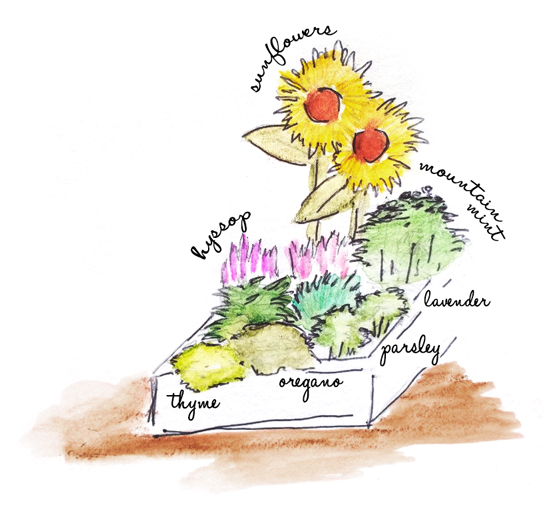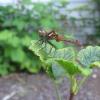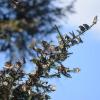If you enjoy growing cucumbers, squash, melons, and other insect pollinated crops, you already know the necessity of having some pollinator pals around. Setting aside part of your vegetable garden specifically for pollinators provides direct benefits in the form of larger, more abundant, and better formed fruits and vegetables. But even fruits and vegetables that don’t require pollinators may produce higher yields and benefit from the natural pest control provided by beneficial insects that will also thrive in your garden.
If you have a community garden plot, backyard veggie garden, or simply grow a few things in pots on your patio – consider planting a plot (or pot) for pollinators. Regionally native perennial wildflowers are the best choice for providing long-term, abundant resources for pollinators, and should be included wherever possible, but here are some suggestions for herbs and flowers that do double duty, feeding pollinators and their human friends too.

Lavender, Oregano, Rosemary, and Thyme
These stalwarts of the the herb garden are hugely beneficial to pollinators. Frequently blooming for long periods of time, they can attract and support pollinators between blooming periods.
Sunflowers
Whether you enjoy them in a vase or relish their tasty and nutritious seeds, sunflowers attract many pollinators including sweat bees, long-horned bees, bumble bees, monarch and other butterflies, and a specialist bee, Diadasia enavata, which can often be found crawling across the broad face of the flower, doing the job of pollinating the plant and producing those tasty seeds!
Mountain Mint
Research has found mountain mint (plants of the Pycnanthemum genus) to be one of the most beneficial plants in supporting both abundance and diversity of pollinators. The leaves have a strong, menthol-like quality which makes for an especially refreshing iced tea on a hot day!
Borage
Borage is an edible herb with attractive star-shaped flowers that turn from pale blue to pink as they age. Plan to stagger seeding of borage so that you always have plants in bloom, especially late in the season when tomatoes, squash, and cucumbers are in bloom. The same bees that pollinate these crops also enjoy borage.
Giant Hyssop
Giant blue hyssop (not to be confused with Hyssopus officinalis, though also an attractive pollinator plant) is one of the most attractive plants to bees. A member of the mint family, both leaves and flowers are edible and have a minty, licorice flavor that makes a fine herbal tea or provides an unexpected complement to salads. Read more about it here.
Parsley, Fennel, and Dill
These members of the carrot family act as host plants for the black swallowtail (Papilio polyxenes) and anise swallowtail (Papilio zelicaon). Many gardeners are surprised to see these brightly colored yellow, green, and black striped caterpillars munching away on their herbs. The swallowtail seems to have an uncanny ability to find even small patches of parsley, fennel, or dill. Be sure to plant enough to feed these hungry caterpillars and yourself as well.
For more suggestions check out our newest book 100 Plants to Feed the Bees



